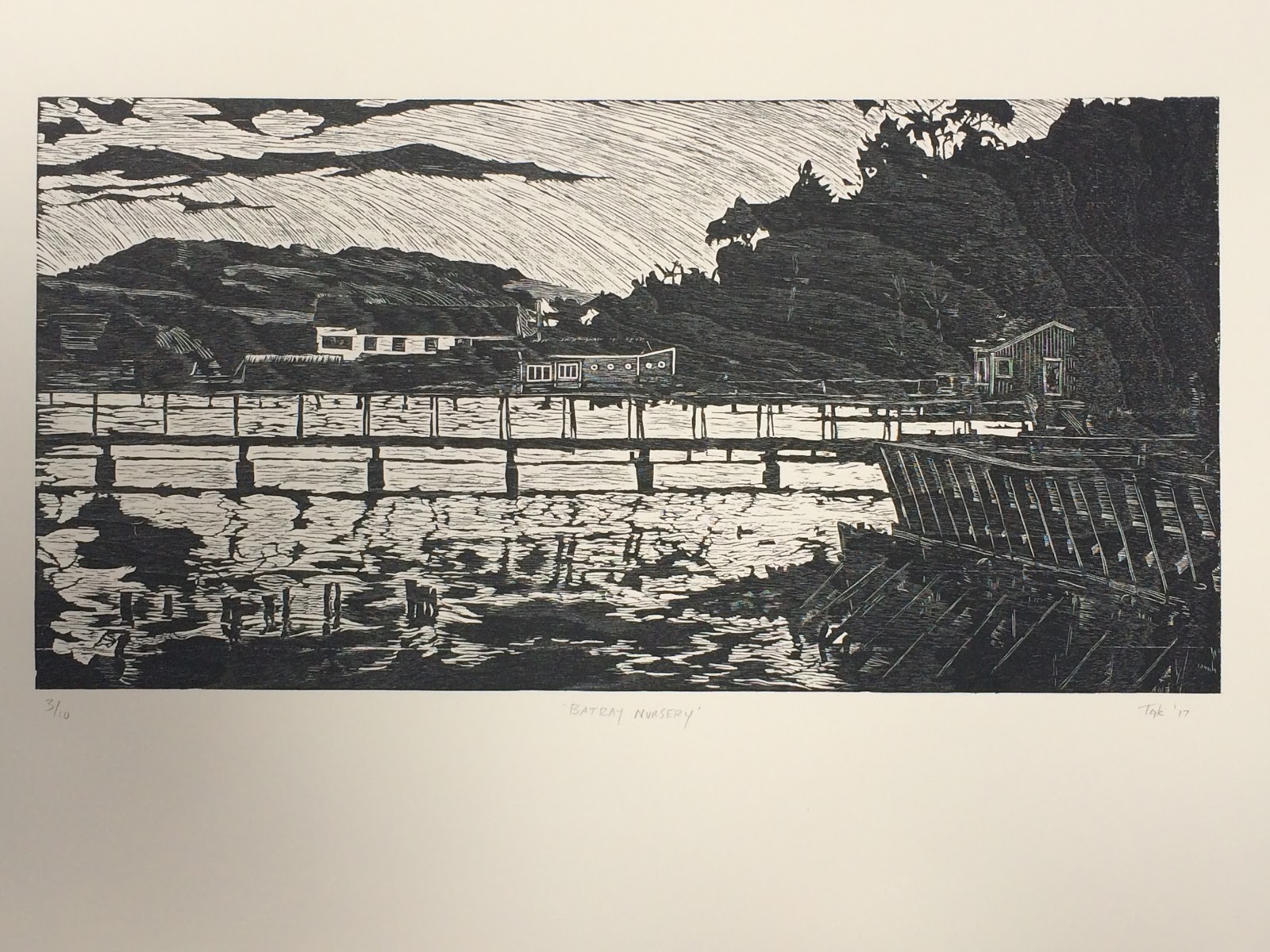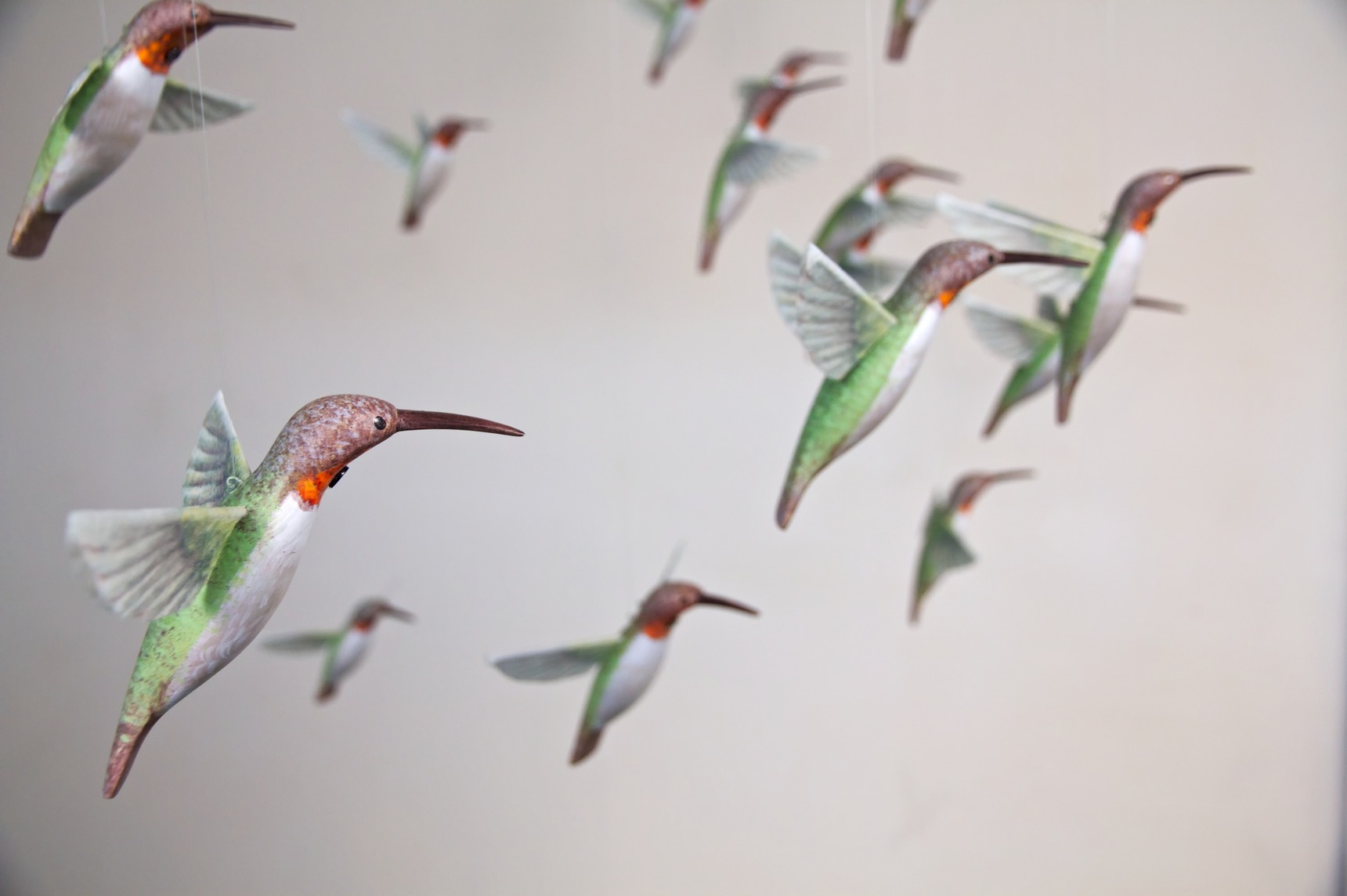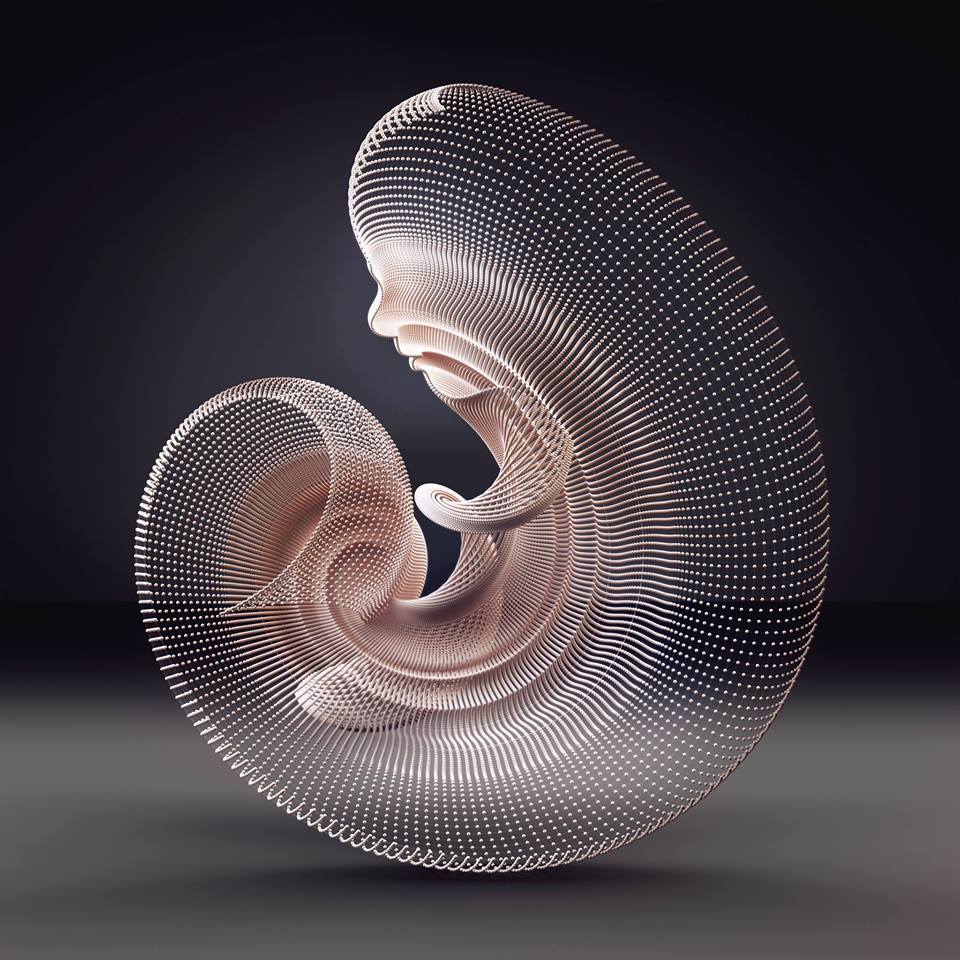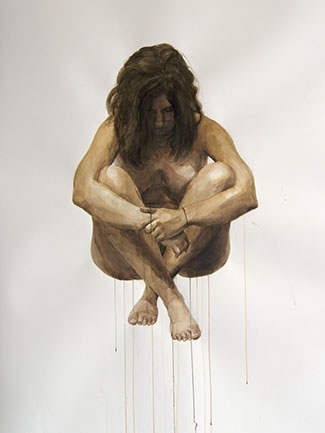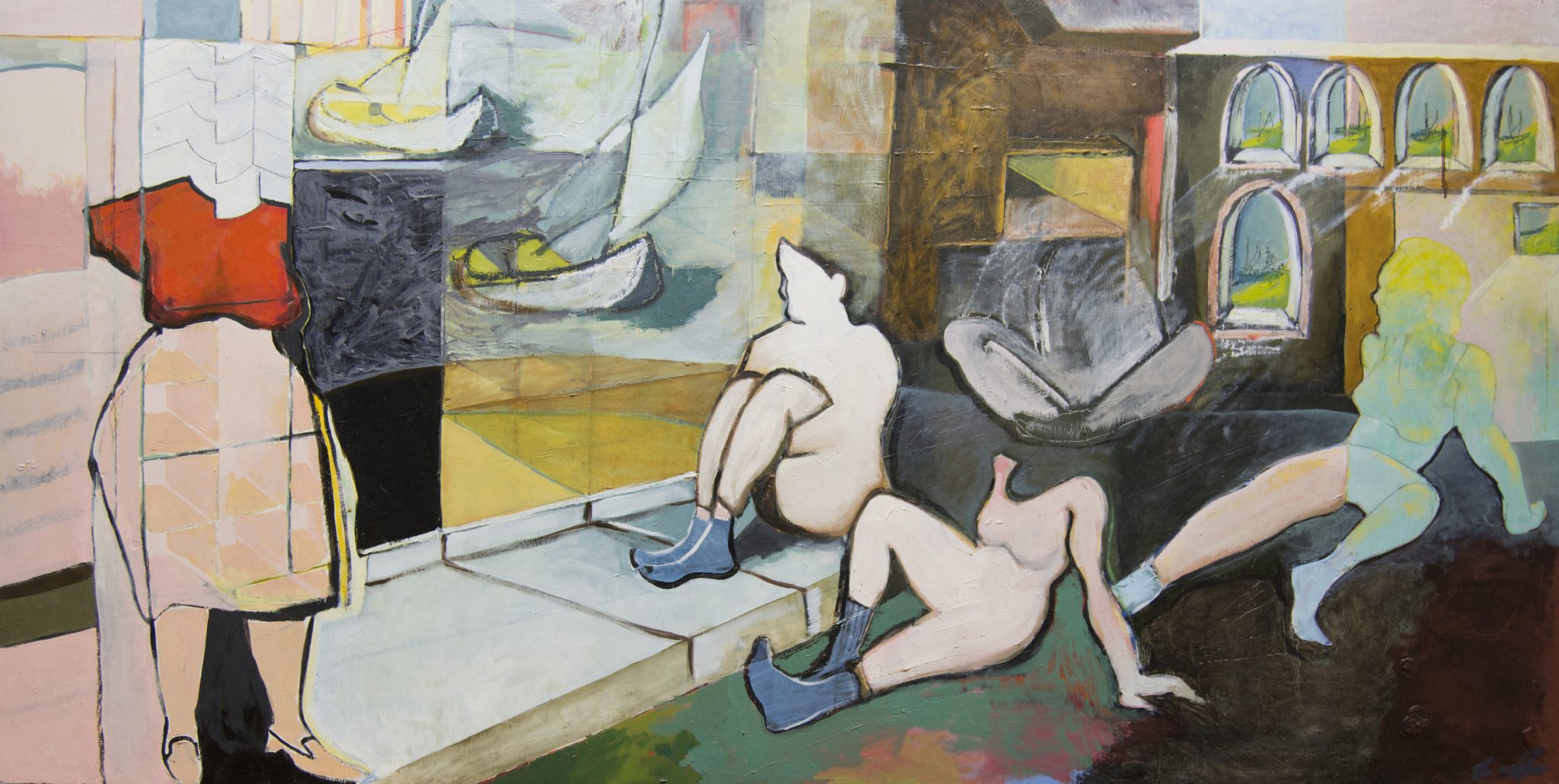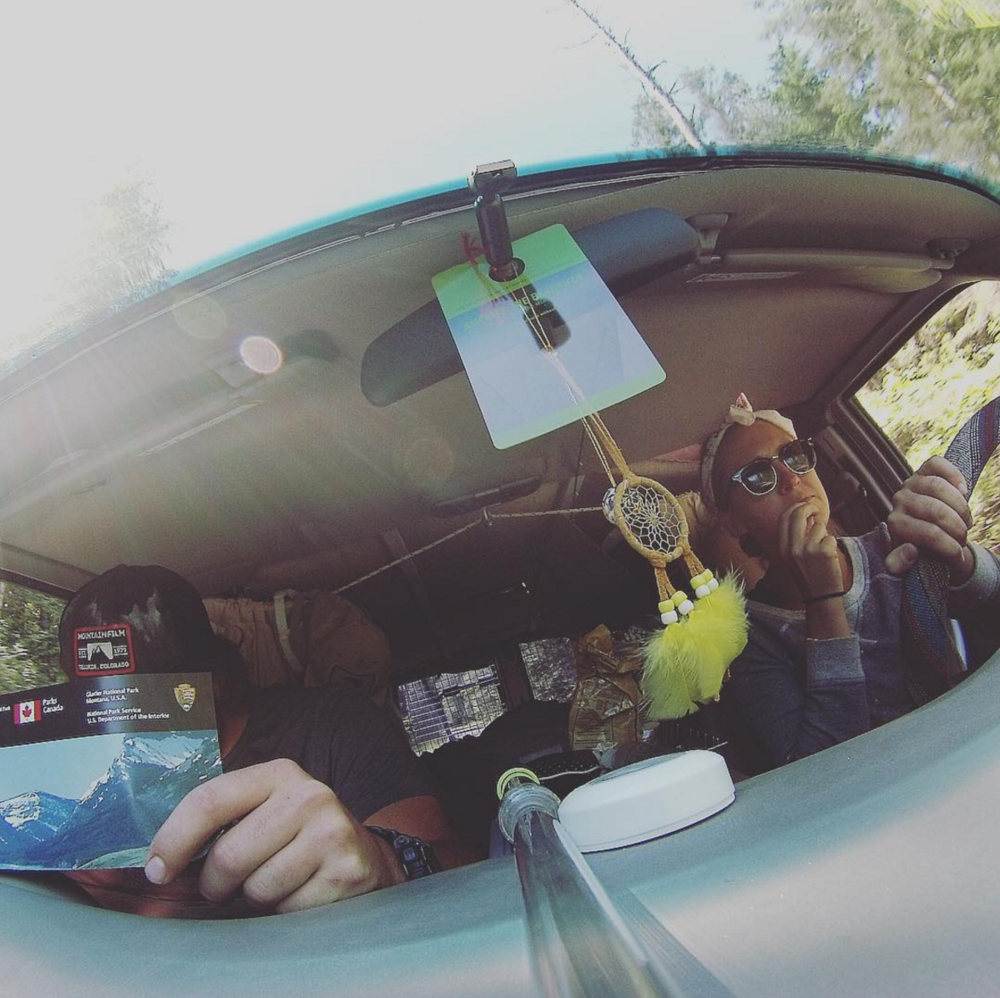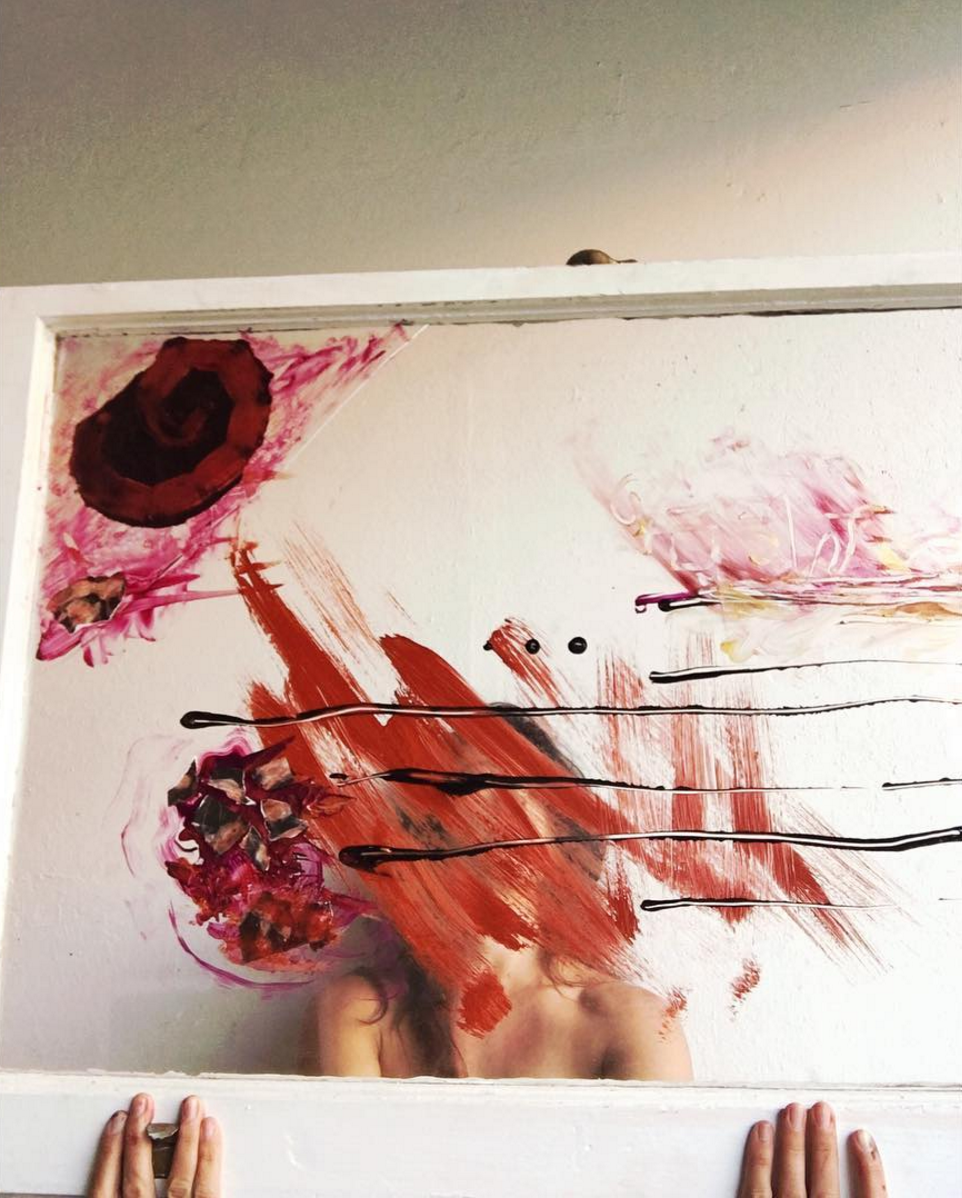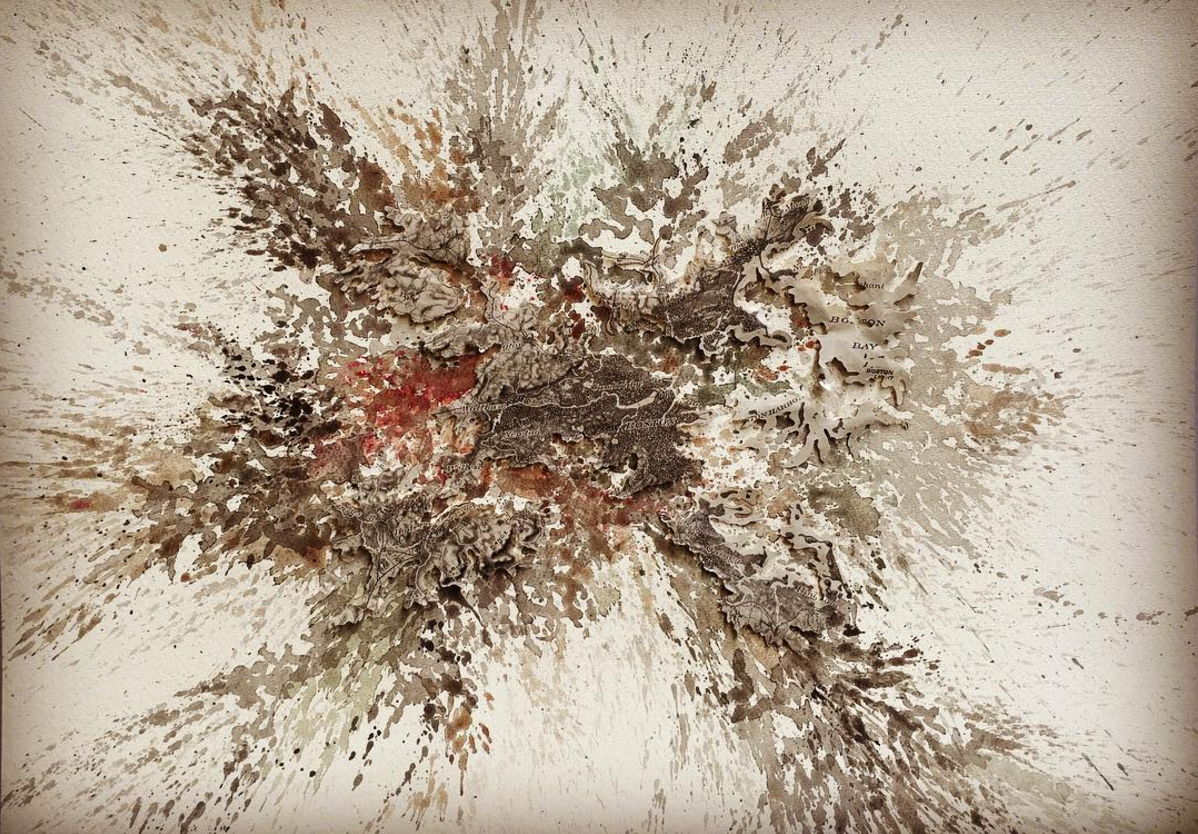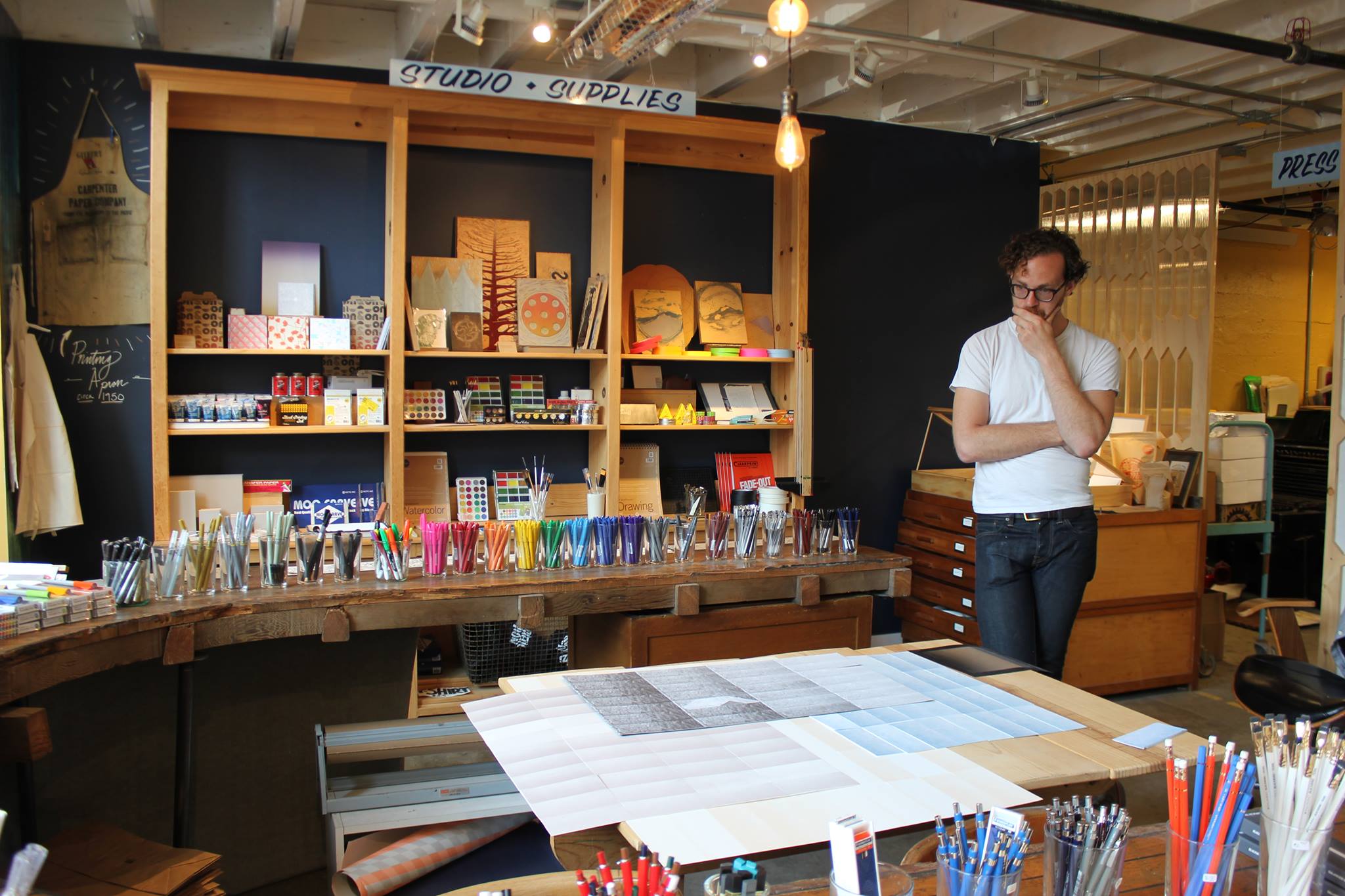THINGS TO COME: RHIZOSPHERE – Celebrating West Marin’s artists & creative legacy from 1960-today
Isis Hockenos, MIdway Gallery resident artist and curator of RHIZOSPHERE, discusses the upcoming exhibition which spotlights the creative legacy, both past and future, of West Marin.
Featured Artist: James Shefik
Self-described as a “sensitive, curious, pessimist” multimedia artist, James Shefik, constructs installations with the intent to confront viewers with harsh realities culled from contemporary society.
Things to Come: Luminary
Luminary, a one-night event spotlighting the innovative unification of art, performance, music and technology, will occur on March 18th from 7pm to 2am at The Midway. In this post Future Fires' founder, Clark Suprynowicz, and The Midway Gallery's art director and
Featured Artist: Christine Aria
Watercolorist Christine Aria creates delicate figurative compositions that seem to rest right on the surface of the paper. Originally an oil painter, this artist picked up watercolor as a temporary fix to compensate for time and ease of shipping while
Featured Artist: Isis Hockenos
Isis Hockenos creates vividly colored, abstract figure paintings. Her stunning compositions spotlight moments of everyday life and elevate them to marvelous occasions. The subject of her art pieces emerge from subconscious reactions to events in her personal life. These introspective
Things to Come: Printmaking & Dance Collaboration with James Tucker & Alexa Eisner
Printmaker James Tucker, and modern dancer, Alexa Eisner, come together for a performance that will activate The Midway Gallery during our artist tours & happy hour on Saturday, Oct. 8, 2016. The performance intends to spotlight the course of creation
Tour to Terrain • Episode 4
"Tour to Terrain" winds down with our final blog post on Elisa's "vanventure" across several states.
As part of the Midway Gallery's exhibition, Terrain: navigating landscapes, Elisa will be showing the three paintings she made on the road, accompanied by her sketchbooks
Featured Artist: Alexa Eisner
Alexa Eisner has a background in social rebellion through dance in which art interrupts the redundancy of public spaces. For the opening reception of Terrain: navigating landscapes, she will be synthesizing dance and paint in a performance that will challenge traditional
Featured Artist: Mark Garrett
Working out of his San Francisco studio on the outer edges of the city’s Mission district, Mark Garrett transforms neglected maps picked up at flea markets into intricately cut, mixed-media pieces that read like geographic oil-spills.
Mark’s intriguing deconstructed maps draw
Featured Artist: James Tucker
For Terrain James is presenting a series he refers to as “process landscapes,” in which the act of creation is the focus of his large, collaged compositions. For these pieces James uses his 1952 Heidelberg Windmill to venture into solidly abstract


